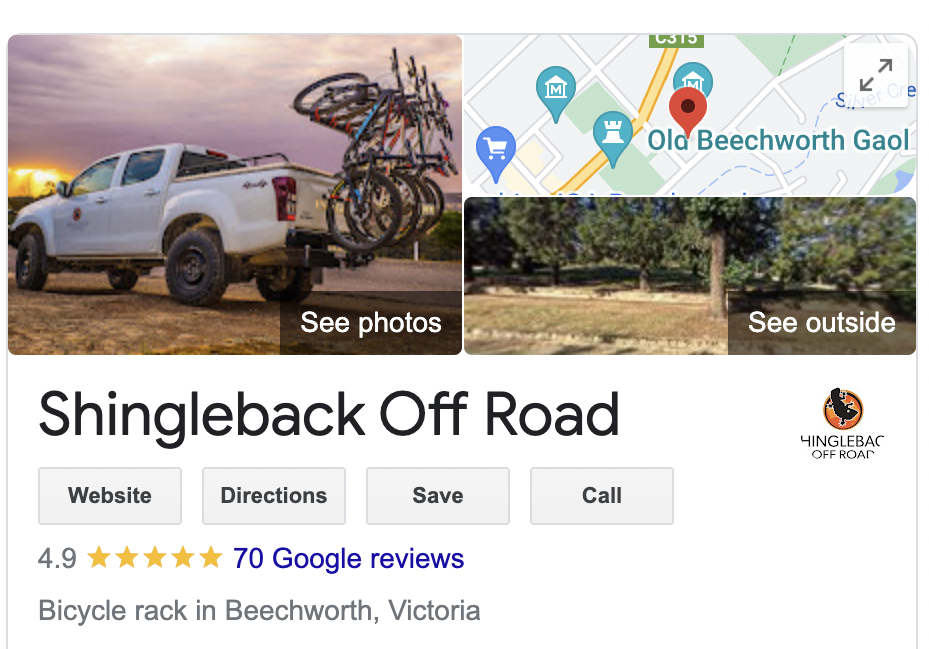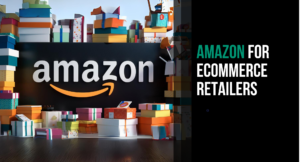Social proof is so important. Think of the last time you visited a new restaurant, beauty salon, hairdresser or bought a pair of jeans from a brand you generally don’t buy from. What was the process you went through?
If you are like most of the population, you probably searched on Google, read a few reviews, and then made your decision to buy or not to buy.
In fact, 91% of us read reviews, and 84% trust them as much as they would a personal recommendation. Because online reviews are your word of mouth, it’s that water cooler conversation or that phone call to your all-seeing all-knowing Auntie Anne asking for “the best place go or “where to buy”…..
1. Display reviews on your product page
Integrating reviews on your product page psychologically feeds people’s desire to emulate other people’s demonstrated behaviour.Great examples of product pages with integrated reviews include; Gymshark and Bubble Tea Club. In Europe and the US, brands are now moving towards dedicating whole pages to reviews and social proof, such as Tylko. Check out my testimonials page.2. Integrate a plugin platform to display them.
Two of my favourite platforms include;

3. Make it easy…..keep it simple
If you don’t have an automated platform or a large team, then simply ask your customers for reviews. I recommend getting customers to review you on Google My Business (it’s great for increasing your rankings on Google) and then copy and paste the reviews across all channels.
Last week, I talked about the future of retail with Brian Walker, Abhishek Vohra, and Matthew Craig. We discussed omnichannel, the metaverse, reverse engineering digital to the physical world, and the need for the physical space to be more purposeful. My question always is – Are retailers, shopping centres, and investors spending time talking to the next generation about the future of shopping, OR are we basing future decisions on historic requirements?






